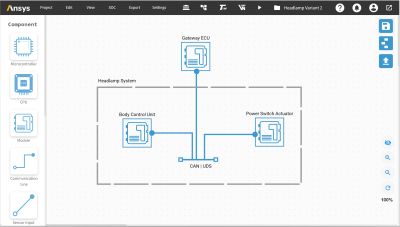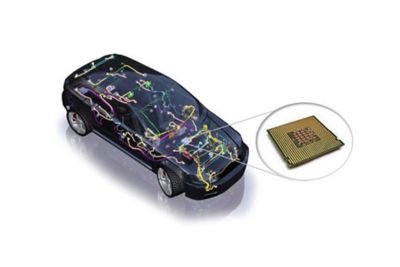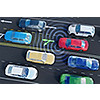Safe & Secure Systems
Dramatically decrease analysis efforts with efficient application of quality, safety, reliability and cybersecurity analysis methods at the system, item, software, hardware and PCB levels.
Ansys donne les moyens à la prochaine génération d'ingénieurs
Les étudiants ont accès gratuitement à un logiciel de simulation de classe mondiale.
Concevez votre avenir
Connectez-vous à Ansys pour découvrir comment la simulation peut alimenter votre prochaine percée.
Les étudiants ont accès gratuitement à un logiciel de simulation de classe mondiale.
Connectez-vous à Ansys pour découvrir comment la simulation peut alimenter votre prochaine percée.
Dramatically decrease analysis efforts with efficient application of quality, safety, reliability and cybersecurity analysis methods at the system, item, software, hardware and PCB levels.
High Level Features
Ansys safety & cybersecurity threat analysis software facilitates model-based safety analysis, safety concept creation, safety management and cybersecurity assessment for safety-critical electrical and electronic (E/E) and software (SW) controlled systems.
Using this software, engineers can deliver safe and secure products, reduce time to market, maximize profit margins and comply with standards like ISO 26262, IEC 61508, ARP 4754A/ARP 4761, ISO 21448 and ISO 21434.
Dramatically decrease safety analysis for electronically-controlled safety related functions and accelerate time to market with state-of-the-art methods in the model-based environment of Ansys medini analyze.
July 2025
Introducing Ansys Medini Cybersecurity SE, a powerful new web-based tool designed to simplify your cybersecurity analysis process. Additionally, explore the latest upgrades to Ansys Digital Safety Manager and medini analyze for robust model-based system safety management.

The Ansys Safety Analysis software suite streamlines safety and security analysis, decreasing efforts and costs.
Ansys medini analyze for Cybersecurity delivers an easy-to-use modeling and analysis tool that ensures your electronics architecture — across its many connections and interfaces — is impervious to external attacks. Watch this impactful video to understand how you can replace your outdated tools and manual processes with the speed and automation of medini analyze to deliver safe and secure products, reduce time to market, maximize profit margins and comply with upcoming regulations surrounding cybersecurity.
Dramatically decrease safety analysis for electronically-controlled safety related functions and accelerate time to market with state-of-the-art methods in the model-based environment of Ansys medini analyze.
Safety is a crucial property for many products, especially in the aerospace and defense industry, essential to obtaining the necessary certification. To identify appropriate safety requirements early in the development process and to be able to demonstrate their fulfillment by design, safety analysis must be well integrated into the system development process in all phases. In a model-based approach that is usually highly iterative, it's a great benefit to base the safety analysis on models. This allows us to deal with changes quickly and always have up-to-date analysis to guide development decisions.
Si vous êtes confronté à des défis d'ingénierie, notre équipe est là pour vous aider. Forts de notre expérience et de notre engagement en faveur de l'innovation, nous vous invitons à nous contacter. Collaborons pour transformer vos obstacles techniques en opportunités de croissance et de réussite. Contactez-nous dès aujourd'hui pour entamer la conversation.











